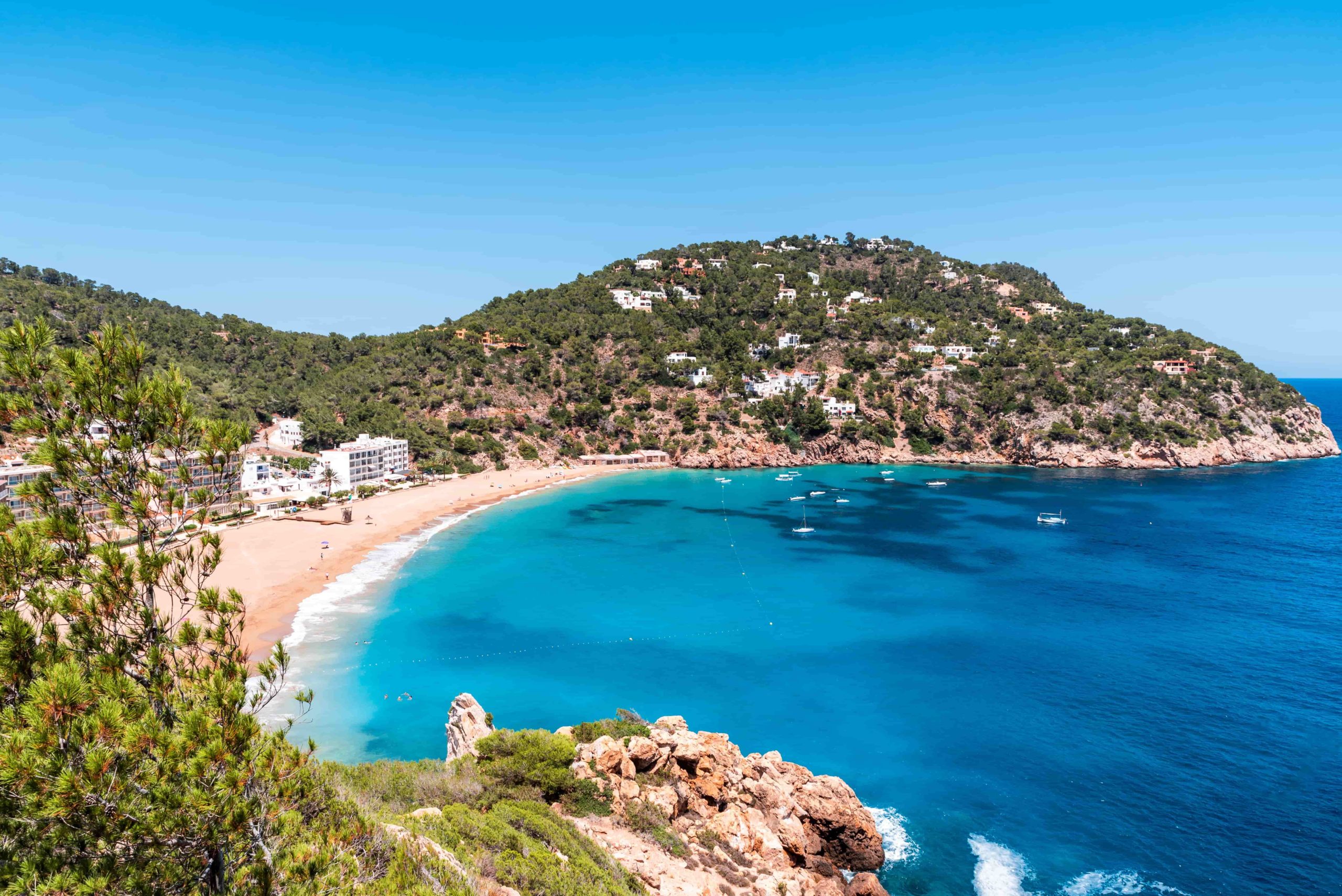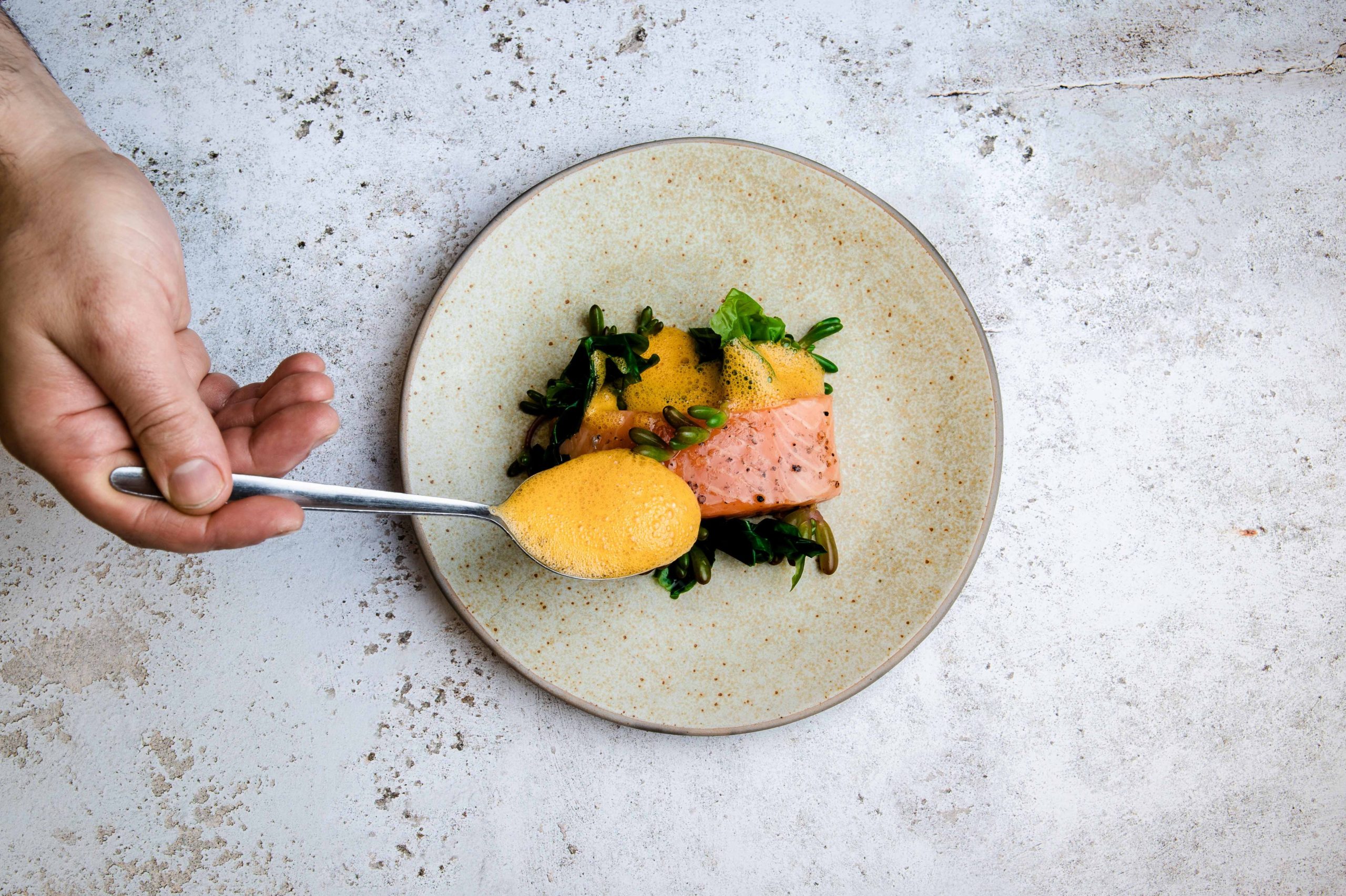Daniel Kahneman, psychologist and Economics Nobel Prize winner in 2002, along with Barbara Fredrickson, Charles, Schreiber, and Donald Redelmeier published a study in 1993 that demonstrates the psychological heuristics, that indicates that people value their experiences by averaging 50% their “peaks” (intense moments) and 50% the “ends”, sensation experienced at the end, instead of by the average of all the moments lived, thus creating the Peak-end-rule.
According to this scientific evidence, 50% of the experience of a meal would be attributed to the dessert or the last dish you eat, thus becoming an essential dish for customer evaluation.
Generally, in buffets desserts are paid little attention; they are of low quality and have a high degree of artificial ingredients such as preservatives or sweeteners. Many hotels do not have a pastry section or the staff that independently cooks dessert; they rotate or assign the least experienced cook. In reality, it is not necessary to have a professional pastry chef, but to hold an employee accountable and to train them could be beneficial.
In an increasingly competitive sector, one that seeks to meet customer expectations, increasing satisfaction and therefore online reputation, the key is not in a single factor, but in the combination of various elements that can help increase the satisfaction of our clients:
- Quantity: It is not about offering a large number of desserts, but enough variation to make the client feel he can choose between options. For example, offering themed corners with dishes and at least two deserts of the created theme, this way, you can impress customers with two sweets every day, in addition to allowing them to try new dishes, while offering options.
- Dish presentation: :Those complicated plating with fruits cut in the form of animals or plants are a thing of the past, trends evolve. Clients seek and appreciate simplicity, which is why looking for a stylish and straightforward dish presentation can have an impact. Offering individual set-up can be beneficial, though preparing them can take longer, it allows us to reduce waste and control the portion that clients consume.
- Quality::
 Clients are more and more demanding; this is why you should seek to incorporate natural ingredients and homemade recipes. This can help with food waste, the fruit that can’t be served in the buffet can be used to create jams, mousses, or homemade syrups; tastier than industrial ones. Also, the pastries that go hard can be used to make pudding filled with sweet or salty creams.
Clients are more and more demanding; this is why you should seek to incorporate natural ingredients and homemade recipes. This can help with food waste, the fruit that can’t be served in the buffet can be used to create jams, mousses, or homemade syrups; tastier than industrial ones. Also, the pastries that go hard can be used to make pudding filled with sweet or salty creams.
- KM0 / Proximity: tourists seek to learn and emerge to local culture; this suggests they would appreciate traditional dishes from the local culture. As well as those dishes made with ingredients gathered locally, it is a good idea to create regional corners, for example, desserts such as Ensaïmadas or Sobrasada in Mallorcan hotels.
The hotel factory works with clients offering consulting and training for all hotel departments teaching them how to take full advantage of all the resources they have and to guarantee the satisfaction of both their clients and their staff.
If you are interested in learning about our kitchen training courses or any other department taught by our certified trainers and coaches, do not hesitate to contact us.






 Clients are more and more demanding; this is why you should seek to incorporate natural ingredients and homemade recipes. This can help with
Clients are more and more demanding; this is why you should seek to incorporate natural ingredients and homemade recipes. This can help with